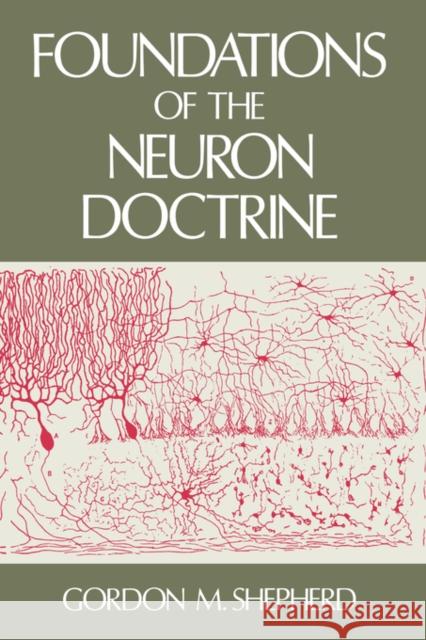Foundations of the Neuron Doctrine » książka
Foundations of the Neuron Doctrine
ISBN-13: 9780195064919 / Angielski / Twarda / 1991 / 352 str.
For a century, the neuron doctrine has been the basis for our concepts of nervous organization and brain function. Formulated in 1891 by Wilhelm Waldeyer, it stated that the cell theory applies to the nervous system. Santiago Ramon y Cajal, Spain's greatest scientist, was its main architect; his main tool was a capricious nerve cell stain discovered by Camillo Golgi. This book reviews the original papers on which the neuron doctrine was based, showing that the evidence came from a much wider base of contributions than is generally realized, including such diverse and brilliant personalities as Albrecht Kolliker, Sigmund Freud, Wilhelm His, August Forel, Fritdjof Nansen and Gustav Retzius. Furthermore, many questions about terminology of the parts of the neuron and about the organization of neurons into reflex pathways and networks were raised and debated, questions that remain relevant to this day. Electron microscopical studies in the 1950s appeared to confirm the classical doctrine, but subsequent studies have revealed complexities that were not anticipated. This book reviews these new studies against the background of the classical work, and suggests some new directions for revising our concept of the neuron as a basis for the functional organization of the nervous system.











